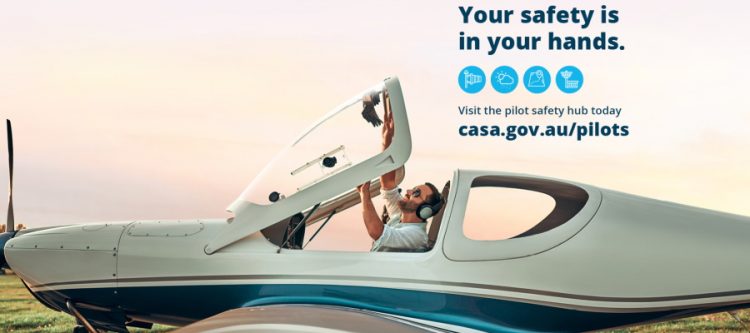
Aviation – safety
By telleropnul, January 6, 2023
1. aviate.
2. navigate.
3. communicate.
https://www.youtube.com/watch?v=iv_rRus-X9k
light sport aircraft (LSA) have low wing loading and light control forces.
https://www.youtube.com/@utopiasnow/videos
elliot seguin test pilot vlogs
https://www.youtube.com/@TheFinerPoints/videos
instructor vlog
https://www.youtube.com/@PilotSafetyOrg/videos
instructor vlog
https://www.youtube.com/@Boldmethod/videos
commercial jet pilot vlog
https://www.flightsafetyaustralia.com/2022/10/stalls-in-the-circuit/
beware unpractised stalls at low speed low height by changed angle of attack in-circuit at take-off or downwind / go-around in flap and landing gear configuration.
https://coeleveld.com/spin-stall/
do not use ailerons in a stall. if a wing starts to drop and you lower the aileron on that wing to raise it, you increase the wing’s angle of attack. You can quickly push the wing over the critical angle of attack – stalling and dropping the wing.
P – Power. Retard the throttle to idle. In most aircraft, power hampers recovery;
A – Ailerons neutral;
R – Apply full opposite rudder;
E – Apply forward elevator;
D – Recover from the dive.
https://www.boldmethod.com/learn-to-fly/maneuvers/how-to-recover-from-a-bounced-landing-safely/
bounced landing = coming in too fast or descending too fast. keep nose up. use throttle to dampen 2nd bounce. keep track of runway left. land or go around.
https://www.boldmethod.com/learn-to-fly/maneuvers/how-to-make-a-perfect-crosswind-landing-every-time-touchdown/
crosswinds, use crab or wing-low. wing-low is preferred for light aircraft. continue to keep wing-low during run-out to stop windward wing from lifting.
https://www.boldmethod.com/learn-to-fly/aerodynamics/why-does-aircraft-stall-speed-increase-with-bank-angle-aerodynamically-load
banking reduces vertical lift. to compensate, you change angle of attack. changes in angle of attack affect stall speed (regardless of airspeed or attitude). 60 degrees bank angle = 41% increase in stall speed.
https://www.youtube.com/watch?v=OfbBhaVF8J0
as passenger, ask pilot for a brief guided tour of an unfamiliar plane and to setup radio on your side.
flying / landing from passenger seat is different.
know how to operate autopilot, radio and trim.
expect IFR conditions in daytime (clouds, no horizon). get yourself a horizon. get yourself a scenery reference.
know your airspeed, angle of attack, altitude, climb rate and heading.
https://www.youtube.com/watch?v=c-W2cnnLSTM
know the aircraft identification number.
know how to set transponder (XDR) to 7700, the international emergency code, to identify on radar.
know how to have transponder squawk an IDENT (US only ?).
gentle on controls when pulling up from a steep dive or you risk a stall or pulling the wings off.
no polarized glasses when using Multi Function Displays (MFD).
Categories
Did you know...
The axe forgets, the tree remembers.
Oil change
| ASX | 17 May 25 343k (20k) → 363k | Z411 |
| Getz | 20 Sep 25 182k (20k) → 202k | Z79A |
| D22 | 20 Sep 25 156k (10k) → 166k | Z89A |
| 800XCX | 03 Nov 24 20k (10k) → 30k | KN204 |